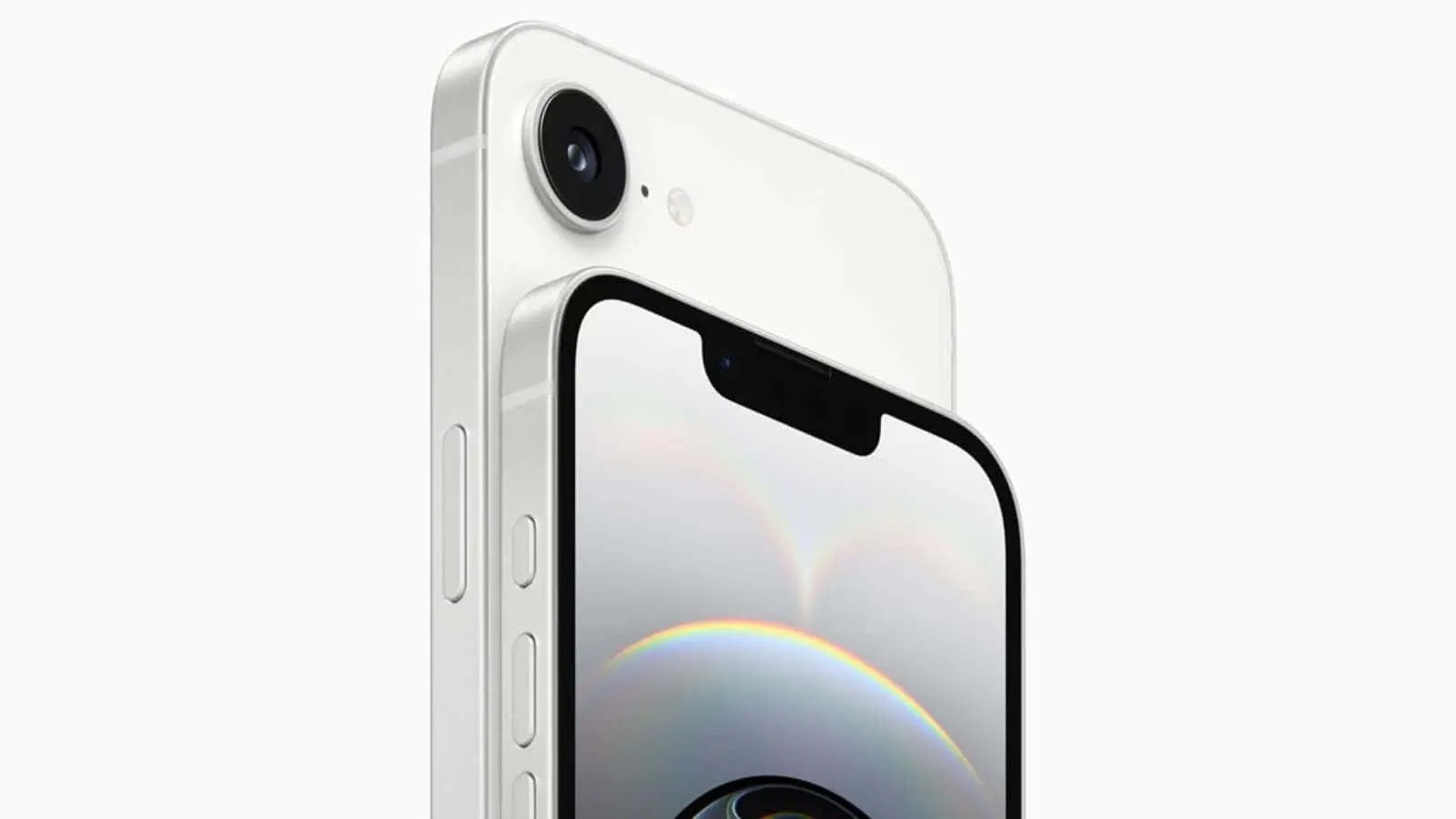Indian Smartphone Market Shakeup: vivo Takes the Lead in 2024
vivo's Ascent and Samsung's Shift
In a significant shift, vivo became the leading smartphone brand in India in 2024, capturing a 19% market share. This success is attributed to its robust offline presence and the contributions of its sub-brand, iQOO. Xiaomi secured the second position with 17%, surpassing Samsung, which fell to third place due to its strategic focus on the premium Galaxy S series. This allowed competitors to gain ground in the budget-friendly segment. For insights into other successful smartphone strategies, see Apple's Record Holiday Quarter.
Market Growth and 5G Adoption
While overall smartphone shipments in India saw a modest 1% increase, reaching 153 million units, wholesale revenue grew by 9%, indicating a rising demand for premium devices. This growth was fueled by the expansion of 5G, with 78% of shipped smartphones being 5G-enabled. This shift towards 5G was driven by improved network infrastructure and consumer demand for faster connectivity. To learn more about 5G's impact, consider Galaxy S25 Boosts Qualcomm's Chipset Dominance.
Apple's Premium Dominance and Nothing's Rise
Apple maintained its leadership in the premium segment, with the iPhone 15 being the most-shipped device in Q4 2024. Meanwhile, Nothing experienced remarkable growth of 577%, propelled by the Nothing Phone (2a) and the launch of its CMF sub-brand. This highlights the demand for innovative designs in a competitive market. For more on emerging brands, see DeepSeek: A Rising Star in the AI Landscape.
MediaTek's Chipset Leadership
MediaTek secured a record 52% market share in chipsets, surpassing Qualcomm's 25%. This success stems from MediaTek's focus on powering budget and mid-range smartphones, a segment that remains highly popular in India.
Conclusion
The Indian smartphone market in 2024 witnessed significant changes, with vivo's rise to the top, Samsung's strategic shift, Apple's continued premium dominance, and Nothing's impressive growth. The surge in 5G adoption and MediaTek's chipset leadership further shaped the market dynamics.




